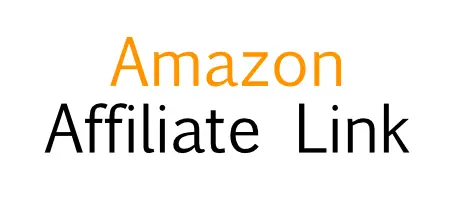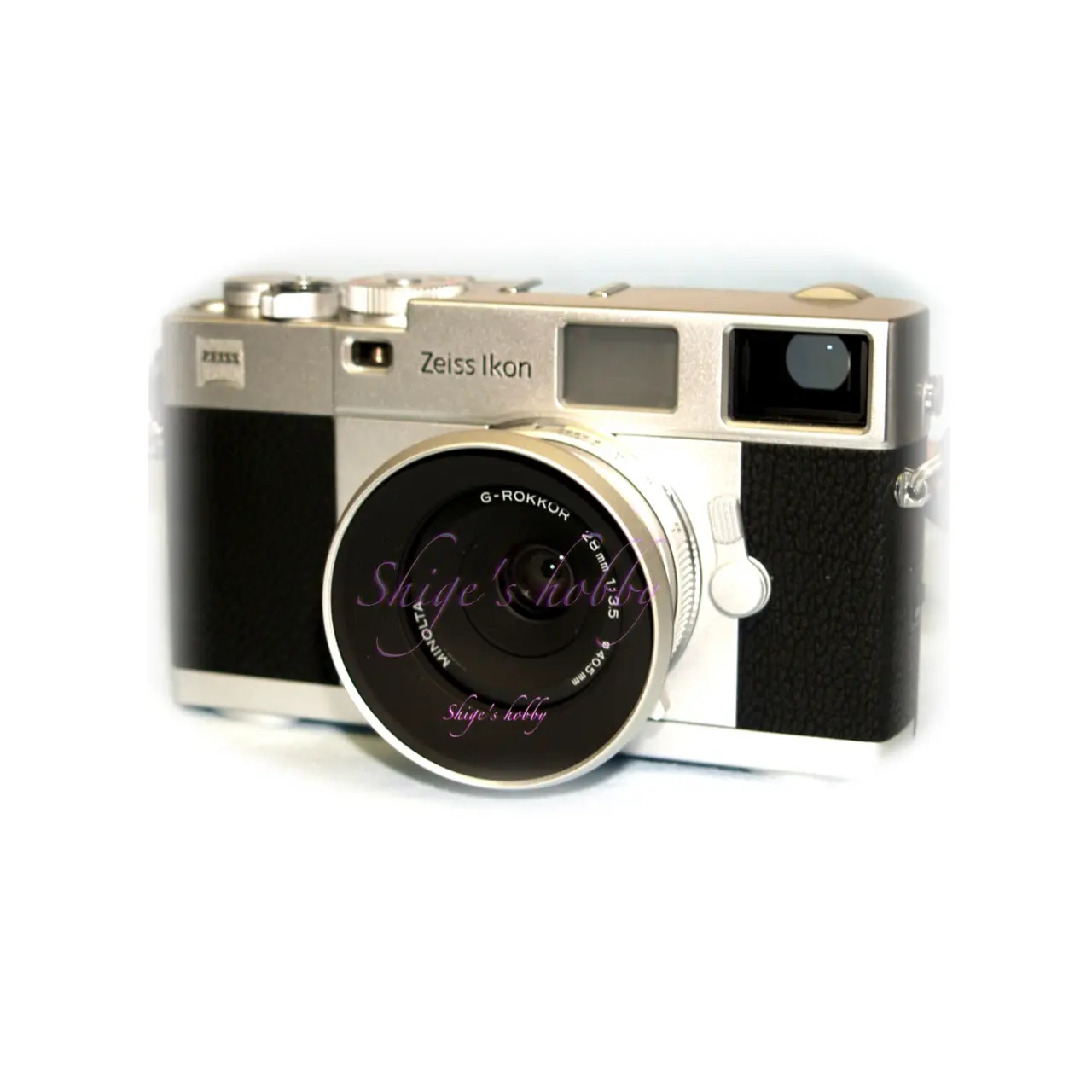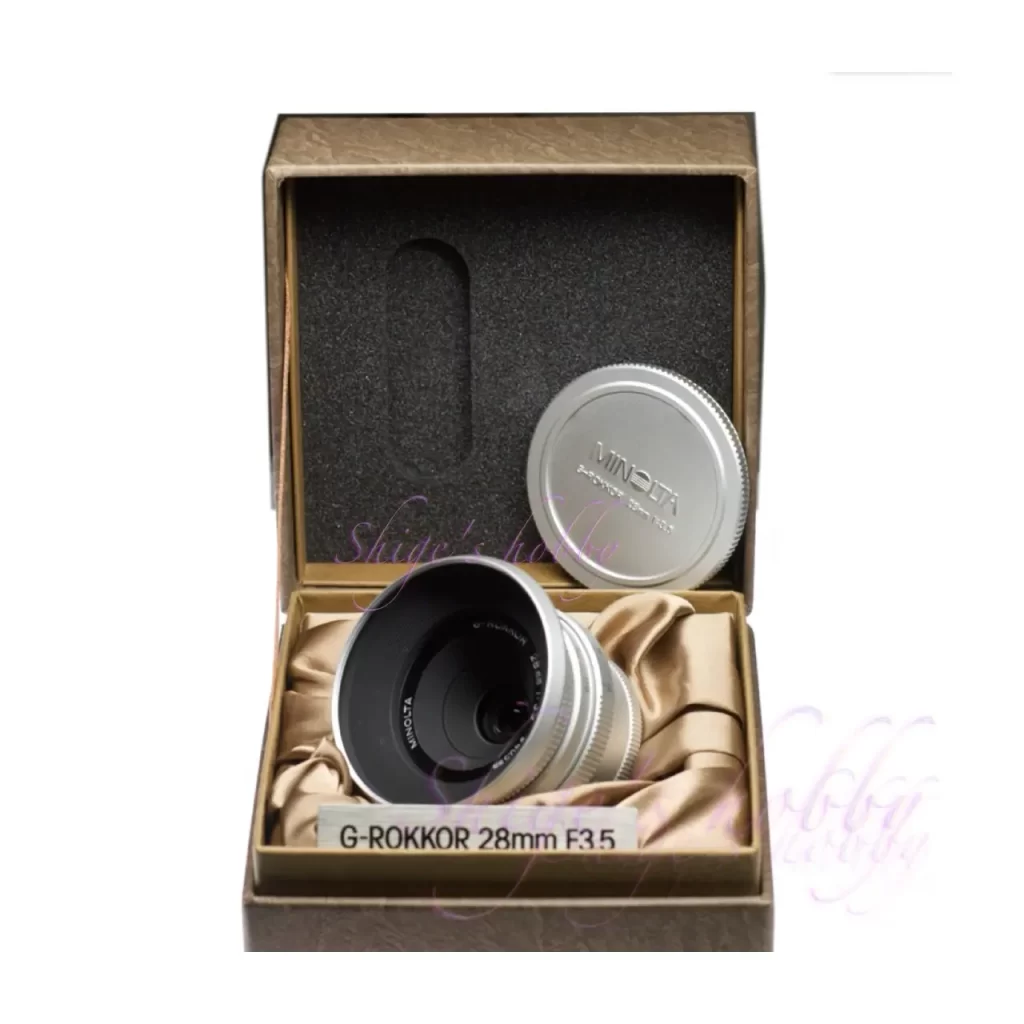A review and Photo example of the MINOLTA G ROKKOR 28mm F3.5.
Table of contents

Gallery
The sample photos were taken using a HEXAR-RF and a LEICA M8.2.
Review


1.Overview
The MINOLTA G ROKKOR 28mm F3.5 is a lens designed for the high-end compact camera TC-1, but with the same lens configuration and Leica L39 screw mount, released in a limited run of 2000 units.
The lens barrel has a beautiful silver exterior, and the hood is the same color. When the hood is removed, the lens is compact, measuring just 20mm in length. It comes in a luxurious package with a nameplate as shown in the photo, and the cap at the end of the hood is screw-in type made of the same material as the lens and has the MINOLTA logo. The rear cap of the L39 screw also has a special, elaborate design.
The diaphragm blades of the compact camera TC-1, on which this lens was based, were replaced with a circular plate, but this L-mount version has been replaced with a typical diaphragm consisting of 9 or so blades.
This is MINOLTA’s first lens for Leica rangefinder cameras in a long time since they released M-mount lenses for the Leitz Minolta CL / Minolta CLE.
The correct minimum focusing distance for this lens is 0.8m; although it is sometimes listed as 0.45m, 0.45m is the minimum focusing distance of the compact camera TC-1, and this is likely being confused with that.

2.Usage
The MINOLTA G ROKKOR 28mm F3.5 is a lens that I often used with film cameras, and as you can see in the photo, it looks very beautiful when attached to the ZEISS IKON and MINOLTA CLE, creating a form that inspires the desire to take pictures. I no longer have either system, but just having it makes me smile.
When using it with a film camera, there are almost no noticeable flaws if you take vignetting into consideration when creating the image. Since vignetting is quite noticeable, you will want to bring the subject to the center and emphasize it, but this is a lens that you will get bored of, so the photographer needs to be creative.
For digital cameras, I used it with the Leica M8.2 with an APS-H size sensor, and as you can see in the photo example, the cropping is exquisite, and the vignetting and color cast, which are noticeable flaws on the Leica M9 with a 35mm full-size sensor, are not noticeable, making it an easy-to-use lens.
Even with a 35mm full-frame sensor, I think that color cast will be improved with the α7s and newer types of sensors, but vignetting is a characteristic of the lens and there seems to be nothing that can be done about it. There are cameras that automatically correct vignetting, but that’s none of my business.
This lens has no bonded surfaces, so it’s a blessing as an old lens that there is no need to worry about balsam separation. The RICOH GR 28mm (and the wider GR 21mm) with the same angle of view often has cloudiness caused by peeling of the balsam bonded surface.
3.Summary
In conclusion, to sum up the MINOLTA G ROKKOR 28mm F3.5, it is a lens made for compact cameras, so the design prioritizes compactness, and the image quality outside the center is quite questionable. Negative depictions tend to be more noticeable in digital.
The same can be said for the GR 28, which was also converted from a compact camera, but it is not a lens suitable for precise recording, but rather a lens that requires the photographer to use their sense and imagination to create works based on the lighting in the area, such as for snapshots.
Specification and Study more.
This lens was released in 1998, but new lenses were available at camera shops until around 2005. It was an idyllic time when even limited editions were not sold out quickly, and the flow of time was different from today’s busy days with scalpers.
As a comparison of personal experiences, I wish I had used the TC-1 as well, but I was satisfied with the GR1, a compact camera with a focal length of 28mm, so time passed without me using the TC-1.
The GR28mm, released at the same time, is thought to be made of brass and weighs 180g, but this one is made of aluminum and is lightweight at 110g.
There are many types of 28mm lenses for rangefinder cameras, along with 50mm and 35mm lenses, and finding one that you like takes a fair amount of effort and money. If you ignore the size of the lens barrel, I prefer the original ELMARIT M 28mm, but there is no doubt that compact lenses such as the G ROKKOR 28mm and GR 28 are convenient to have on hand.
| Items | G ROKKOR 28 | GR 28 |
| Focal length(mm) | 28 | 28 |
| Max aperture | 3.5 | 2.8 |
| Min aperture | 22 | 16 |
| Lens Construction | 5 elements in 5 groups | 7 elements in 4 groups |
| Aperture blade | 9 | 10 |
| Min distance(m) | 0.8 | 0.7 |
| Lens length(mm) | 19.5 | 23 |
| Max diameter(mm) | 51 | 49.5 |
| Filter Size(mm) | 40.5 | 40.5 |
| Lens hood | Trumpet type, screw-in | Trumpet type, screw-in |
| Weight(g) | 110 | 180 |
| Release date | 1998.9 | 1997 |
| Production numbers | 2000 | 3000 |
| Price(Yen/No-tax) | ¥110,000 | ¥98,000 |
Reference links
- Everything about the M-type Leica – A thorough examination of the appeal of the M-type Leica body and lens (Japanese book)・Introduction on page 85
- Leica lenses around the world Part 2 (Japanese book)・P98 has a review by Kiyohide Mizoguchi
- The above link is an Amazon affiliate link
Update history
- 2025.7.3
- 2024.05.17:Update the article
- 2024.02.22:Update the article
- 2022.10.01:First draft
Affiliate link
- Please see the disclaimer regarding advertising here.
- Italicized links in the text are advertisement links that take you to other sites.
- Amazon Affiliate link leica lenses
- Amazon Affiliate link konica lenses
- Amazon Affiliate link Minolta books

Amazon Prime Sale


Be First to Comment